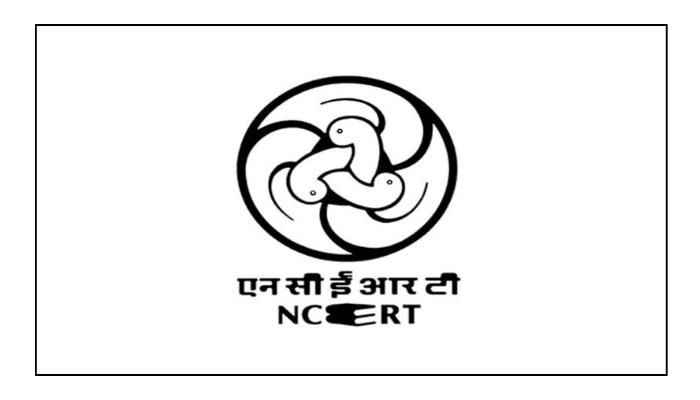The recent record-breaking decline in Antarctic Sea ice extent on February 19 has sparked serious worries about global warming’s effects. This concerning trend, combined with rising global temperatures, endangers coastal cities and has far-reaching implications for weather patterns and undersea ecosystems. As sea ice melts and global sea levels rise, immediate action is required to address the environmental concerns that this worrisome reduction presents.
Melting Sea Ice and Rising Sea Levels: A worrying trend
- The Antarctic Sea ice cover has shrunk significantly during the last six years, causing global sea levels to rise.
- According to NASA, meltwater from Antarctic ice accounts for around one-third of global average sea level rise since 1993.
- The extent of sea ice in 2023 has frequently been significantly lower than that witnessed in 2022, which had the second-lowest summer sea ice extent in Antarctica.
- The Antarctic Sea ice extent on May 21, 2023, has fallen drastically compared to the 1981–2010 median extent.
- The Antarctic region’s April temperature in 2023 was 0.93°C higher than the 1910-2000 average for that month, the second-highest rise in the millennium.
Impact of Antarctic Sea Ice Decline on Global Weather and Ecosystems
- Weather Pattern Alterations: The Southern Ocean, which surrounds Antarctica, is critical in transmitting heat from the atmosphere to the world’s oceans. As Antarctic sea ice melts, it introduces cold, fresh water into the ocean, upsetting global circulation patterns of hot, cold, fresh, and salty water. This change in temperature and density can have an impact on weather patterns such as wind patterns, precipitation, and storm formation.
- Marine Currents and Nutrient fluxes: As sea ice melts, changes in water temperature and density can disrupt marine currents and nutrient fluxes. These currents are essential for transporting heat, nutrients, and oxygen across the world’s seas. The disruption of these fluxes can have a cascading effect on marine ecosystems, affecting nutrient distribution and availability for numerous animals.
- Underwater Ecosystem Impact: Sea ice provides an important habitat for a variety of creatures, including algae, krill, and other marine life. Reduced sea ice affects food availability and disrupts the eating patterns and reproduction cycles of organisms that rely on these environments. This disruption has the potential to have a huge impact on the entire Antarctic food chain, harming animals such as whales, seals, penguins, and seabirds.
- Altered Albedo Effect: As sea ice coverage declines, the Earth’s albedo effect decreases. The ability of a surface to reflect sunlight back into space is referred to as albedo. Sea ice has a high albedo, which means it reflects a large part of incoming solar radiation. Darker ocean water absorbs more solar energy when sea ice melts, increasing warmth and aggravating the overall warming trend.
- Loops of Feedback: Melting sea ice creates feedback loops that amplify the effects of climate change. For example, as sea ice melts, the ocean absorbs more heat, speeding up the melting process. These feedback loops lead to the intensification of warming trends and accompanying environmental changes.
Rising Sea Levels’ Impact on Coastal Communities Around the World
- Flooding and erosion are becoming increasingly common as sea levels rise, making coastal communities more vulnerable to storm surges, high tides, and extreme weather events. This increases the risk of inundation, property destruction, and relocation of populations in low-lying areas, including coastal cities and communities.
- Coastal Infrastructure Vulnerability: Increased floods and erosion can cause vital infrastructure to deteriorate and fail, interrupting transportation, energy supply, and important services. This vulnerability can have serious economic, social, and public safety consequences.
- Rising sea levels can penetrate freshwater sources and contaminate subsurface aquifers, particularly in coastal areas where freshwater and saltwater interfaces exist. This saltwater intrusion can jeopardise drinking water supplies, agricultural irrigation, and ecosystems that rely on freshwater resources, worsening water scarcity challenges.Community Displacement: As coastal areas become uninhabitable owing to sea-level rise and increased floods, communities may be compelled to relocate. This relocation can result in the loss of homes, cultural heritage, and livelihoods, causing social turmoil, economic hardships, and psychological effects on those affected.
- Coastal ecosystems, such as mangroves, coral reefs, and wetlands, provide essential habitat, act as a buffer against storms, and maintain biodiversity. Rising sea levels have the potential to inundate and damage these ecosystems, resulting in the loss of vital ecological services, greater vulnerability to coastal hazards, and decreased coastal resilience.
- Economic Consequences: Sea-level rise and coastal flooding can damage the tourism, fishing, and shipping industries, resulting in economic losses, employment dislocation, and lower productivity. Furthermore, the expenses of coastal protection and infrastructure adaptations to increasing sea levels can place a major strain on local economies and governments.
Ways to Strengthen International Cooperation
- Collaborate at global forums to address climate change and its impact on Antarctica, emphasising the importance of reducing emissions and adopting sustainable practises.
- Increased Monitoring and Research: Invest in further research to better understand the dynamics of melting sea ice, the effects on ecosystems, and viable mitigation solutions.
- Promoting Sustainable Practises: To reduce human effect on the fragile Antarctic ecosystem, encourage sustainable practises and responsible tourism in the Antarctic region.
- Climate Resilience Planning: Create strong climate resilience plans for coastal cities and communities, taking into account increasing sea levels and the possible dangers caused by melting sea ice.
- Raising Public Awareness: Educate the public about the effects of melting Antarctic sea ice, cultivating a feeling of community responsibility and motivating individuals to take action to prevent climate change.
@the end
The catastrophic loss of Antarctic sea ice endangers world sea levels, weather patterns, and underwater habitats. To combat climate change, reduce greenhouse gas emissions, and promote sustainable practises, immediate action is essential. We can preserve the Antarctic region and coastal populations throughout the world from the effects of melting sea ice via international collaboration, research, and public awareness. The moment to act is now, for future generations will bear the repercussions of inactivity.
Source: https://www.indiatoday.in/science/story/scientists-worried-antarctic-sea-ice-hits-lowest-levels-ever-recorded-2342840-2023-03-05




